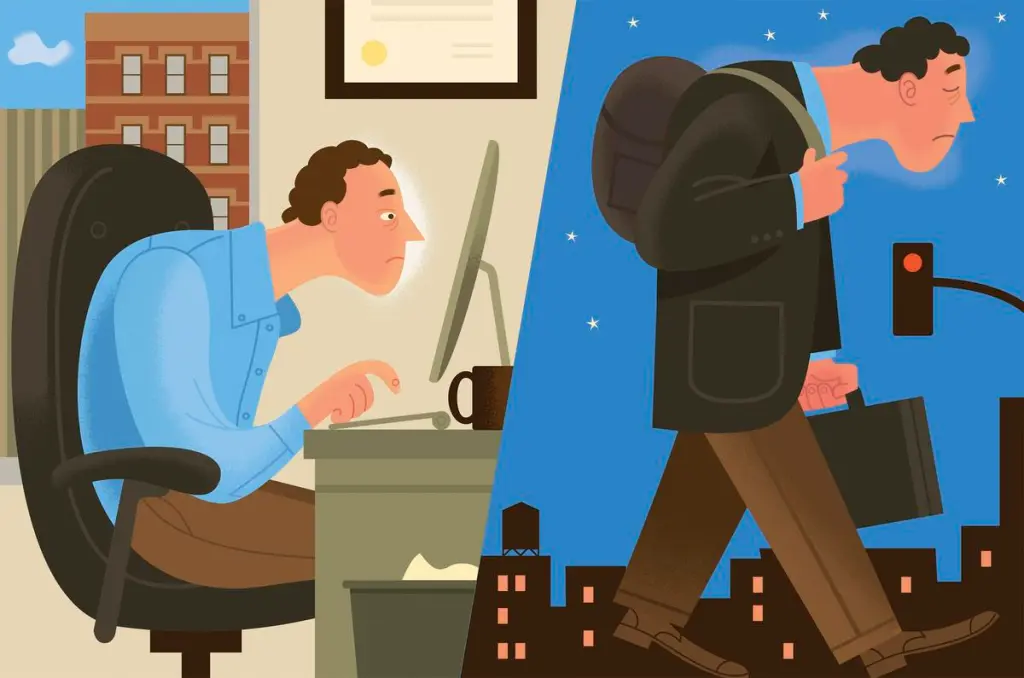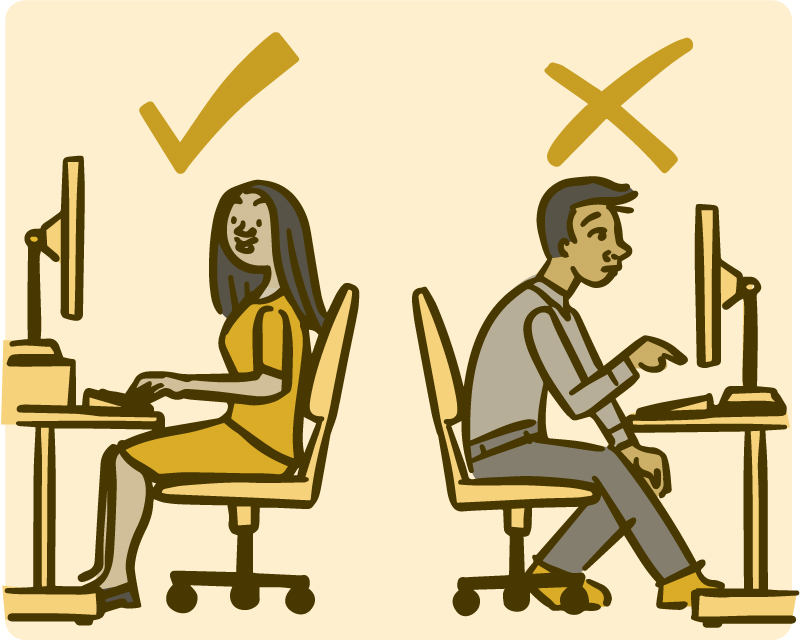
We live in a world designed for sitting. From office chairs to couches, commutes to conference calls, the average adult spends 6–10 hours a day seated. While sitting feels harmless—even comfortable—mounting research reveals a sobering truth: prolonged sitting is a silent threat to physical and mental health. Dubbed “the new smoking” by experts, sedentary lifestyles are linked to chronic diseases, accelerated aging, and even premature death. But there’s good news: small, intentional changes can counteract these risks. Let’s explore the dangers—and practical solutions—to reclaim your health.
Why Sitting is the New Health Crisis

The human body is built for movement. When we sit for hours, our muscles, joints, and metabolic systems stagnate, triggering a cascade of negative effects:
-
Increased Risk of Chronic Disease
Sitting slows blood flow, reduces calorie burn, and impairs insulin sensitivity. Studies show prolonged sitting raises the risk of:-
Heart disease by 14% (per 2 hours of daily sitting).
-
Type 2 diabetes due to reduced glucose uptake.
-
Certain cancers (colon, breast, lung) linked to inflammation and hormonal imbalances.
-
-
Musculoskeletal Breakdown
Slouching strains the spine, weakens core muscles, and tightens hip flexors. Over time, this leads to chronic back pain, poor posture, and reduced mobility. “Tech neck” from hunching over screens is now a leading cause of spinal degeneration. -
Mental Health Toll
Sedentary behavior correlates with higher rates of anxiety and depression. Physical inactivity reduces endorphin production and blood flow to the brain, impairing mood and cognitive function. -
Reduced Lifespan
A 2012 study found sitting more than 3 hours daily lowers life expectancy by 2 years—even for people who exercise regularly.
Why Exercise Alone Isn’t Enough
You might think hitting the gym offsets a desk-bound day, but research tells a different story. While exercise is vital, it can’t fully undo the damage of sitting for hours. Sitting for 8+ hours daily raises mortality risk by 15%—regardless of workout routines. The key is breaking up sedentary time with frequent movement.
How to Combat the Sitting Epidemic: Simple, Science-Backed Fixes

The solution isn’t to quit sitting entirely (that’s impossible for most!) but to sit less and move more. Here’s how:
1. Adopt the “20-8-2” Rule
-
Every 20 minutes, stand for 8 seconds and take 2 deep breaths. This resets posture, boosts circulation, and reduces muscle stiffness. Set a timer or use apps like Stand Up! to remind you.
2. Optimize Your Workspace
-
Standing desks: Alternating between sitting and standing reduces back pain and improves focus. Start with 15 minutes per hour.
-
Ergonomic setup: Position screens at eye level, keep knees at 90 degrees, and use a lumbar pillow for spine support.
-
Walking meetings: Suggest phone calls or brainstorming sessions on the move.
3. Sneak Movement into Daily Routines
-
Park farther from entrances.
-
Take the stairs instead of elevators.
-
Do calf raises or leg lifts while brushing teeth.
-
Stretch during TV ad breaks.
4. Strengthen Your “Anti-Sitting” Muscles
Counteract sitting’s effects with daily mobility exercises:
-
Hip flexor stretches: Kneel and lunge forward to open tight hips.
-
Glute bridges: Lie on your back, lift hips, and squeeze glutes to combat “dead butt syndrome.”
-
Cat-cow stretches: Restore spinal flexibility on all fours.
5. Leverage Technology Wisely
-
Fitness trackers like Fitbit or Apple Watch buzz when you’ve been inactive.
-
Apps like MoveGB or Yoga Wake Up offer 5-minute desk-friendly workouts.
6. Reframe Your Mindset
Think of movement as a productivity tool, not a distraction. A 5-minute walk can boost creativity, energy, and focus by 60%.
Real-Life Success Stories
-
Sarah, 34 (Remote Worker): After developing sciatica, she started using a standing desk and taking hourly stretch breaks. Within weeks, her pain vanished, and her productivity soared.
-
Mark, 52 (Office Manager): By walking during lunch and doing chair yoga, he lost 15 pounds and reversed prediabetes.
The Bigger Picture: Building a Movement-Friendly Culture
Employers and communities play a role too. Companies like Google and Nike now offer treadmill desks, walking paths, and onsite yoga. Schools are replacing traditional desks with balance balls to engage students. Advocate for change in your workplace—your health (and coworkers) will thank you.
Final Thoughts: Stand Up for Your Health
The dangers of sitting aren’t about shaming desk jobs or Netflix marathons—it’s about raising awareness. Small, consistent actions add up: stand during phone calls, dance while cooking, or pace during brainstorming. As fitness guru Jack LaLanne once said, “Your waistline is your lifeline.” Every step, stretch, or postural adjustment is an investment in a healthier, more vibrant future.
Your body is designed to move—not to be parked in a chair. What’s one change you’ll make today?








